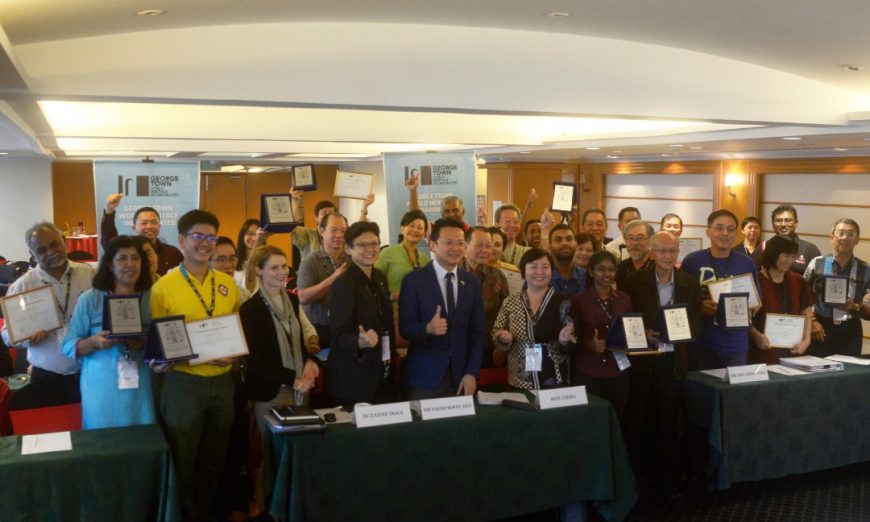IN the midst of urbanisation, it is important to preserve the living heritage as it is the identity of a community.
A pilot project, called the ‘Community-based Intangible Cultural Heritage Inventorying in George Town’, has been completed after three months of inventorying. It was initiated by the United Nations Educational, Scientific and Cultural Organisation (UNESCO) focusing on rituals and festive events that are still practised by the communities of George Town.
The George Town World Heritage Incorporated (GTWHI) was involved in implementing the inventory process with the help from over 40 local facilitators representing 23 community groups in George Town.
According to GTWHI general manager Dr Ang Ming Chee, some 70 elements have been documented throughout the project.
“Community-based inventorying is considerably new in Malaysia, and we had very limited time to complete the project but it was made possible with the support from UNESCO, the state government, GTWHI team and most importantly the communities.
“We have shared the methodologies and the inventory questionnaires with the participating communities where some 70 elements were documented during this pilot phase.
“I would like to thank the communities of George Town for taking up this challenge and being the catalyst to the success of this project,” said Ang during her opening speech at the wrap-up meeting held at Bayview Hotel on May 25.
Ang also shared that the output of the data collected would be shared through print as well as online by end of this year.
George Town (Penang) is the first city from Asia to undergo such a pilot project alongside with Harare (Zimbabwe) and Kingston (Jamaica) aimed at exploring how community-based inventorying could be used to encourage more engagement among the living heritage and within the communities.
Penang Tourism Development, Heritage, Culture and Arts Committee chairman Yeoh Soon Hin, who was also present, assured that the state government would continue with its efforts to safeguarding the multicultural heritage of Penang.
“As a policy-maker who serves the people, it is my duty to shape policies for a better future. I will continue to do my part in nurturing and safeguarding the multicultural heritage of Penang, one of the most significant sources of tourism income.
“The state government will also walk the talk and continue providing support by allocating resources through George Town World Heritage Incorporated as we strive to improve the cultural policies of this country.
“Through this project, we are championing and progressing towards the direction of a sustainable and healthy understanding of intangible cultural heritage.
“George Town is the first World Heritage Site in Malaysia to collaborate with UNESCO to conduct an inventory on intangible cultural heritage, and the local communities had the opportunity to record their own cultural heritage with advice from the international trainers of UNESCO,” said Yeoh.
Plaques and certificates were also presented to community representatives as a token of appreciation for their commitment to safeguarding George Town’s shared cultural heritage.
Suzanne Ogge, who is also Head of Heritage Projects of StudioMilou Singapore, said that the communities themselves must take the efforts to safeguard the ‘living heritage’, not merely the authorities.
Also present at the event was Moe Chiba, Head of Cultural Unit from UNESCO Office Jakarta.

